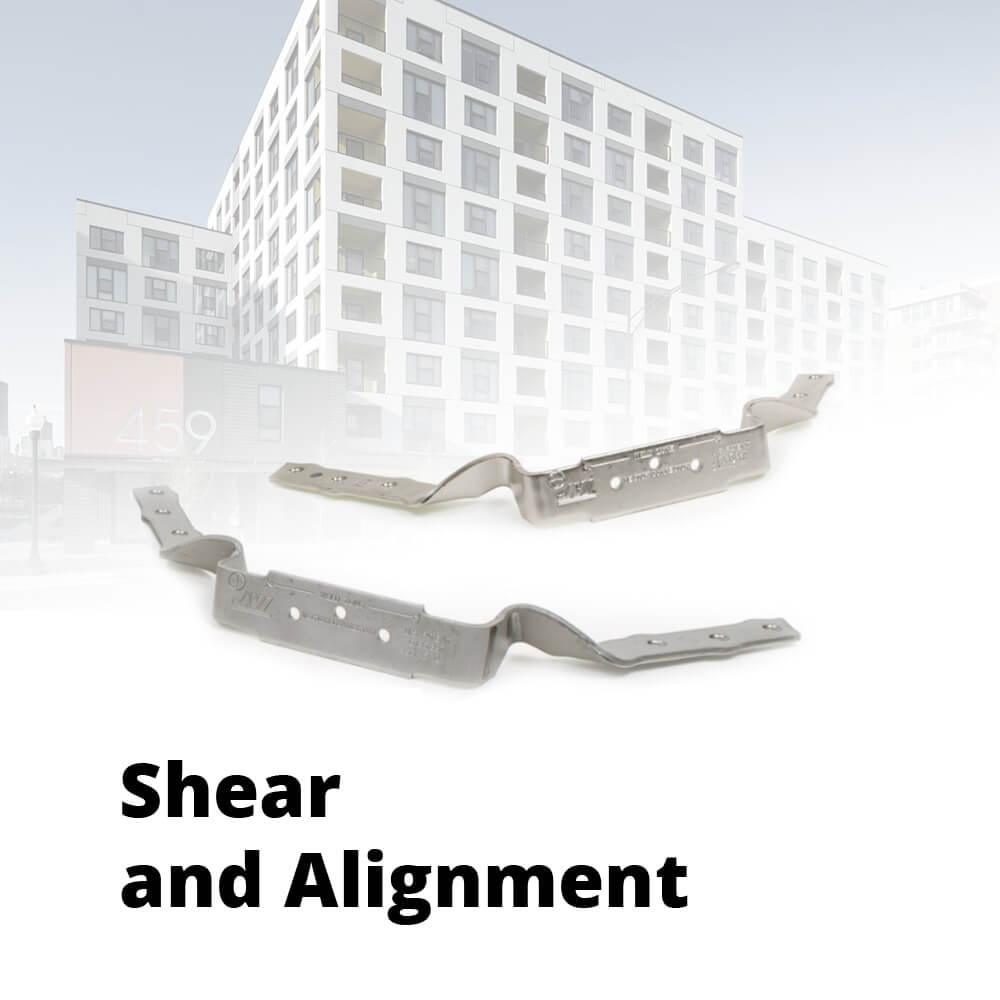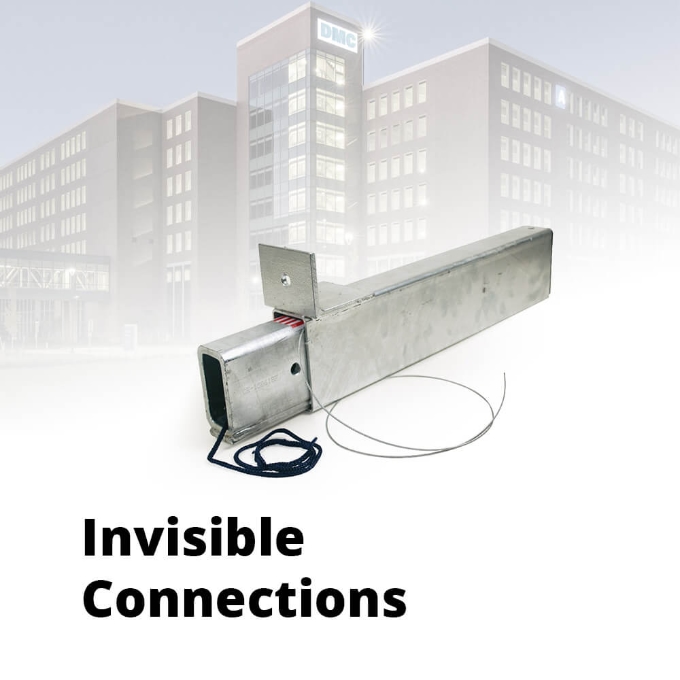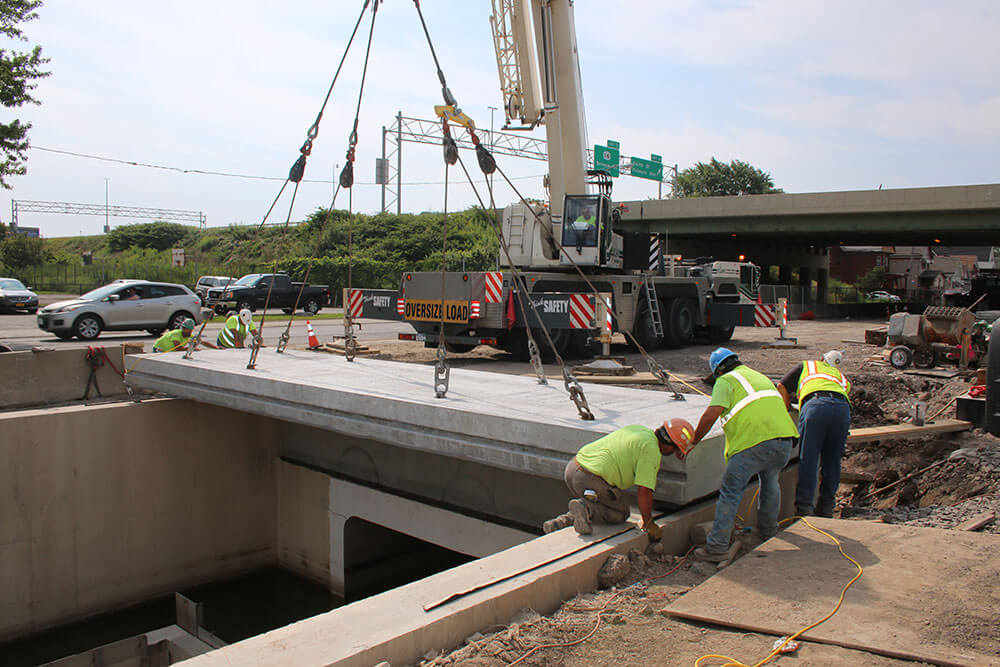
Buffalo Takes on CSO with Precast
Credit: Original article published here.
There is no doubt combinations can be great. For example, jelly is good, but it’s even better with peanut butter. Paul Simon is a talented singer, but he would have never become a superstar without Art Garfunkel. And dancing is fun, but it wouldn’t be anything without music.
When it comes to our sewer systems, however, combining stormwater and raw sewage – a decision many cities made back in the 1800s and early 1900s – is anything but great for the health of our cities, people or environment. Although these pipes lead directly to wastewater treatment systems, neither pipe capacity nor the treatment systems were designed to handle significant rainfall or snowmelt, let alone the increase in population many urban areas have experienced.
The result is hundreds of communities across the U.S. dumping approximately 850 billion gallons of untreated sewage directly into rivers, lakes and wetlands every year. Fortunately, the issue has been improving since remediation efforts began in the ‘90s, and that figure is down from 1.3 trillion gallons in 2001.[1]
One such fix found the Buffalo Sewer Authority, Mark Cerrone Inc. and Kistner Concrete working together to create a lasting solution. Kistner Concrete manufactured 11 custom precast slabs that are approximately 7-feet-wide, 31-feet-8-inches-long and 18-inches-thick. The 30-ton panels were manufactured in Kistner’s NYSDOT-approved and NPCA Certified plant and transported to the jobsite. With careful planning, delivery and installation went off without any issues.
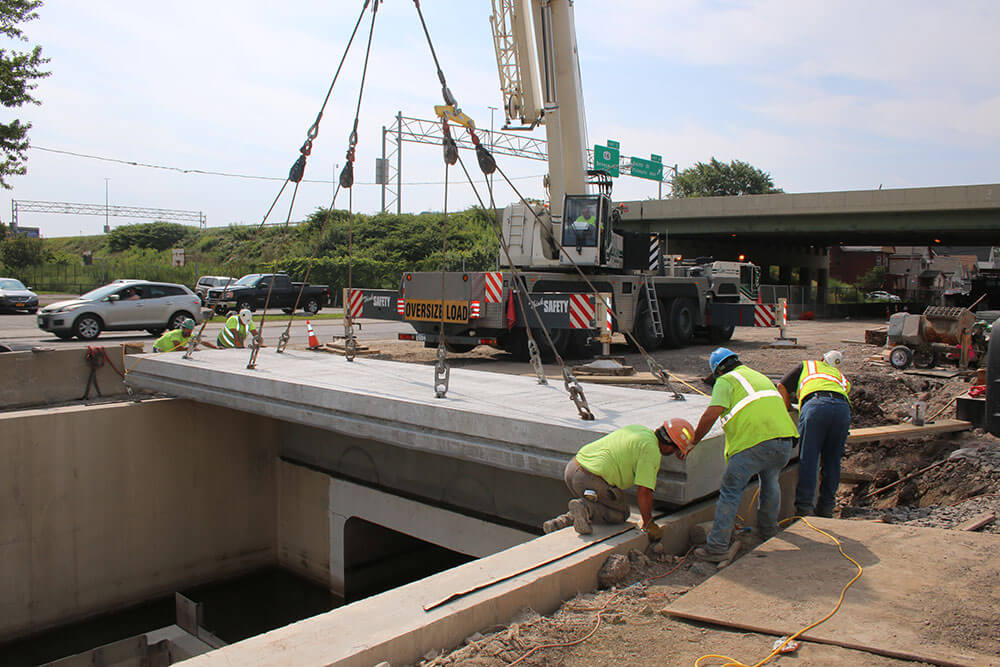
“These slabs were among the biggest we’ve ever done,” said Mike Kistner, Vice President of Kistner Concrete Products Inc. “We supplied all the rigging, which had an equalizing mini-beam. The sling was spit in two – so we had two four-way equalizing slings.
“By doing this, we ensured each individual hookup received the exact same load.”
Kistner stressed it is important that precasters, the general contractor or the rigger take the responsibility to properly design and /or supply a lift layout that meets all OSHA safety requirements. This keeps all parties involved safe.
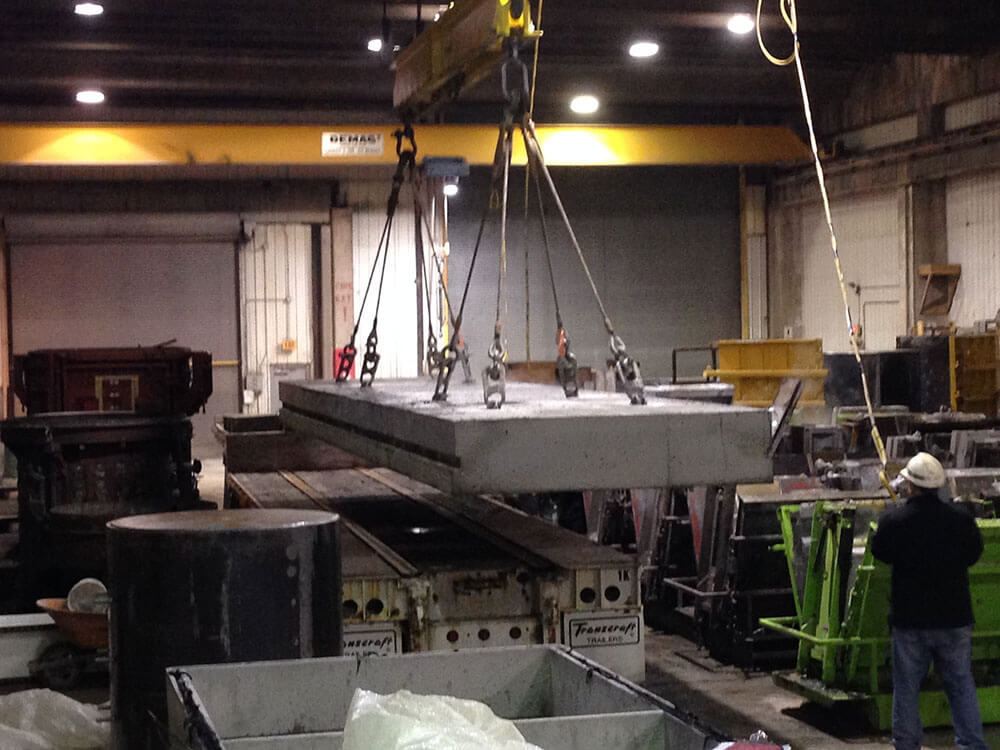
The slabs, which sit on top of massive, 73-foot-tall walls, have custom openings with cast-in hatch access as well as tear-drop keyways, and are very heavily reinforced to achieve the designed H-20 traffic loading.
Although Buffalo’s most famous combination is probably its eponymous wings – the delicious blend of deep-fried chicken and hot sauce – the use of precast concrete along with thorough planning and knowledgeable installation crews ensured this important project was completed on time and with a high degree of quality and Safety.
[1] National Institute of Environmental Health Sciences


